Energy is the ‘blood’ of a city, and green smart energy is a driving force behind the development of smart cities. Researchers of the University of Macau (UM) aim to promote the creation of a clean, low-carbon, safe, and efficient smart energy system, by developing key carbon reduction technologies such as new energy power systems, transport electrification, green power internet of things, and hydrogen energy storage, and accelerating the application of ‘green batteries’ and ‘nanofoam’ energy-saving building materials developed by the university, in order to support Macao to become a green city and to make a practical contribution to China’s ‘Dual Carbon’ goals.
Improving China’s New Energy-based Power System
Countries around the world have been announcing their national carbon neutrality targets, and President Xi Jinping has made a solemn pledge to the world to achieve peak carbon emissions by the year 2030 and carbon neutrality by 2060.
The power sector is the largest single contributor to China’s carbon emissions, accounting for about 37 per cent of the country’s total carbon emissions. The development of clean new energy is a global trend towards low carbon transformation. In 2020, China ranked first in the world in terms of installed wind and solar energy capacity (530 million kilowatts), accounting for 24.3 per cent of the world’s total installed capacity, and this is expected to maintain rapid growth over the next 30 years. The instability of large-scale new-energy-based power generation requires the power system to provide flexible regulation resources to balance the instability. However, the current capacity, speed, and accuracy of regulating resources on the generation side, as is the case with thermal power, are no longer sufficient to support high-proportion new energy access.
Prof Yonghua Song, rector of UM and director of the State Key Laboratory of Internet of Things for Smart City (SKL-IOTSC), is an expert in power systems, a foreign member of Academia Europaea, and a member of the Royal Academy of Engineering in the United Kingdom. He is internationally renowned in the fields of energy and information and control engineering. In November this year, Prof Song received a second prize of the State Scientific and Technological Progress Award for the year 2020, for the project titled ‘Key Technologies and Applications of Demand-side Load Regulation of Power Systems with a High Proportion of New Energy Sources’, of which he is the first author.
Prof Song’s team achieved a number of breakthroughs with their award-winning project: They proposed a new pathway for flexible load regulation capacity to follow the changes in power generation; they developed innovative theories and methods; they invented key technologies; they built a demand-side load regulation system containing a high proportion of new-energy-based power systems. Not only has this system found extensive applications in China and abroad (it has been successfully used in the power transmission grids in 11 provinces and cities in China), but it is also expected to play a major role in supporting China in the realisation of its ‘Dual Carbon’ goals and in supporting Macao’s low-carbon development strategy.
Macao’s Way of Carbon Reduction
Macao is dedicated to contributing to China’s environmental protection cause, by meeting the ‘Dual Carbon’ goals as well as developing and introducing related technologies. As the only internationalised public comprehensive university in Macao, UM has always focused its research on disciplines that are unique to Macao, needed by Macao and the country, and in line with international development trends. Since the establishment of the SKL-IOTSC in 2018, its smart energy division has been promoting the development of a clean, low-carbon, efficient and safe energy system for smart cities. It continues to produce high-quality and impactful cutting-edge research results to serve the energy development strategies of Macao, the Greater Bay Area, and the country.
Prof Song says Macao is a typical, highly developed micro-city, and its energy consumption mainly comes from the tertiary sector, making it relatively concentrated and low-carbon in terms of energy consumption, but this also happens to create favourable conditions for Macao to take the lead in achieving carbon neutrality. ‘With the further development of urbanisation in the mainland, Macao is somewhat representative of highly developed cities such as those along the Southeast coast in terms of the characteristics of energy consumption,’ says Prof Song.
Macao’s economic structure makes its energy consumption structure similar to that of most cities. , direct energy consumption in electricity, transport, and buildings accounts for nearly 90 per cent of Macao’s direct local carbon emissions, making it a top priority for the city to reduce direct carbon emissions. Prof Song explains: ‘In this area, a combination of technologies such as electrification, smart grids, clean energy substitution, and low-carbon buildings are needed to reduce local direct energy consumption.’
Transport Electrification
The main direct source of carbon emissions in Macao is mobile pollution. Fuel vehicles are widely used in daily life, while the penetration rate of electric vehicles (EVs) is currently low. With the introduction of a series of incentive policies such as tax relief and charging subsidies, it is expected that the proportion of EVs in Macao will grow steadily over the next 15 years. Around the year 2035, the registration of fuel vehicles will basically cease, and by 2050, Macao is expected to achieve complete electrification of land transport. ‘The development of clean energy vehicles, represented by EVs, is a national strategy and a consensus in major countries and regions around the world,’ says Prof Song. ‘As EVs are set to grow rapidly in Macao, there is a need to formulate relevant plans to promote the development of EVs and their charging infrastructure in order to provide a strong impetus for the creation of a smart city.’
The significant growth in the number of EVs in the future will strengthen the deep coupling between the land-based intelligent transport network and the intelligent electricity network, which will place higher demands on the planning, management, and operation of energy and transport systems. In order to provide technical guidelines and operational models for the future development of EVs in Macao, UMTech is currently working with CEM (Macau Electricity Company) and Tsinghua University to conduct a study on the development of EV charging in Macao, with a view to demonstrating the feasibility of large-scale development of EVs and charging infrastructure in Macao, and providing a basis for formulating relevant development plans.
The research team consists of electric transport experts from CTM, the SKL-IOTSC of UM, and the Department of Electrical Engineering of Tsinghua University. According to SKL-IOTSC Assistant Professor Zhang Hongcai, the development plan for EV charging in Macao is a multi-faceted systemic project involving engineering technology, infrastructure construction, financial cost, revenue model, regulations and laws, and residents’ rights. The complexity of the issue necessitates a comprehensive study. The results of the study will be compiled into a report to provide guidance for policy makers. Prof Zhang predicts that through deep electrification of transport, direct local carbon emissions will be reduced by about 19 per cent.
The large-scale development of EVs will have a significant impact on the power grid. Prof Zhang says the UM team is working with CEM to conduct research on smart charging technologies and future business models for EVs. First, UM researchers will forecast the charging load of EVs in Macao in different scenarios and analyse the possible impact on the power grid. Second, they will study the optimisation strategy for smart EV charging and analyse the feasibility and expected benefits of applying smart EV charging in Macao. Third, they will develop a feasible time-based tariff policy for EV charging, so as to promote the smart and orderly charging of EVs through financial incentives and to reduce the negative impact of EV charging on the power grid. Third, they will study the feasibility and expected benefits of the application of smart charging in Macao.
Environmentally Friendly Smart Grids
In addition, UM has been developing internet of things technologies for the energy sector. These technologies are not only environmentally friendly, but can also address the needs of Macao based on its urban characteristics, such as its high building density, high electrical loads and intensity, and a large number of old buildings.
To achieve this goal, the Smart Energy Research Group at UM has been working to improve the intelligence of power grids to support electricity-related modifications to the city. The group is currently studying urban smart grid technologies, such as demand-side flexible loading (e.g. EV and central air-conditioning), energy storage, and DC power distribution, in order to improve the quality and capacity of urban power supply, as well as lower the cost and enhance the safety of urban power grids.
‘The use of flexible load control and energy storage technology can effectively reduce the load of the distribution network. By cutting peak energy consumption, it will reduce the cost of electricity for customers and delay the need for investment in distribution network expansion,’ says Prof Zhang Hongcai in the SKL-IOTSC. ‘Using cables with the same distribution standards, advanced flexible AC-DC distribution technology can significantly increase the distribution capacity of the network, which will help to promote the upgrading of distribution networks in old districts.’
Hydrogen Energy Storage Technology
Established in 2014, the Institute of Applied Physics and Materials Engineering (IAPME) of UM places an emphasis on developing new energy materials and technologies to address the energy crisis and reduce environmental pollution. To reduce carbon emissions from the use of fossil fuels, researchers at the institute have been studying hydrogen energy storage technologies. Hydrogen can be generated by breaking down water with clean electricity from renewable sources, such as wind and light. In this process, carbon emission is reduced at source and thus hydrogen energy is considered a green energy. However, conventional metallic hydrogen storage materials have little structural space for hydrogen to occupy, which greatly limits the amount of hydrogen that can be absorbed. This has caused inconvenience in the storage, conversion, and transport of hydrogen energy and has hindered the formation of a hydrogen energy industry chain, which is a challenge that must be overcome.
To address these difficulties, a team led by Associate Professor Shao Huaiyu has developed a meta-stable alloy material that can occupy several times more hydrogen in the void space than its metallic counterpart, and the resulting homogeneous nanostructure can operate at -15°C, the lowest hydrogen absorption temperature of any equivalent material, making it suitable to use in most cold regions of the world. ‘This project is expected to solve the technical bottleneck of hydrogen energy in terms of cost and help build a safe, flexible, and controllable hydrogen energy storage system for the mass application of solid state hydrogen storage in the industry,’ says Prof Shao.
Green Batteries to Mitigate Environmental Pollution
The exploitation of renewable energy sources requires clean energy storage systems. The most reliable energy storage system today is the lithium-ion battery. However, lithium batteries are more expensive due to their limited storage capacity. Moreover, lithium ion electrolytes are organic and carry the risk of overheating and explosion. To address this problem, a team led by Associate Professor Hui Kwun Nam developed an environmentally friendly zinc-air battery. The advantage of using zinc to make batteries is three-fold. First, zinc is the 24th most abundant metal that can be found in the Earth’s crust and therefore the cost is low. Second, its theoretical energy density is 1312 Wh/kg, which is two to five times higher than that of lithium-ion batteries. Third, by using an aqueous solution as the electrolyte, the risk of overheating and explosion can be avoided.
In order to reduce costs and improve battery performance, Prof Hui’s team has also developed a catalyst, a transition metal complex made with nitrogen-doped carbon, which is more active and stable than the Pt/C catalysts on the market. This gives the UM-developed zinc-air battery a lifetime that is twice longer than other zinc-air batteries. According to Prof Hui, this battery is mainly made of zinc, which is non-toxic, inexpensive, and easy to recycle.
This zinc-air battery is designed to last for long periods of time and has the potential to be used in hearing aids, pagers, and small devices with similar functions. The project is currently being commercialised by two companies in Guangzhou. It is expected to be put into trial production soon, which hopefully will lead to mass production. If successful, this new battery can help alleviate the severe energy crisis and reduce environmental pollution.
Building Materials that Reduce Carbon Emissions and Enhance Thermal Insulation
The problem of carbon emissions in the construction sector has always been a key concern in the industry. The China Building Energy Consumption Annual Report (2020), released in June this year, shows that energy consumption in the construction sector in China comprised 46.5 per cent of the total energy consumption in the country in 2018, and that energy-saving buildings are the main battleground for carbon reduction. Among all building materials, cement, a common material, is a major source of carbon emissions, accounting for about 8 per cent of global greenhouse gas emissions each year, which is more than those produced by the aviation industry. A large amount of carbon dioxide also comes from electricity consumption in the heating and cooling process in buildings. To address these key emission sources, a team led by Associate Professor Sun Guoxing has developed a new lightweight and high-strength foamed cement made with an innovative nanofoam, which significantly reduces the amount of cement used while improving the thermal insulation capacity of buildings.
According to Prof Sun, the concrete wallboardscurrently available on the market for modular construction need to meet the strength standard of 7.5MPa, while also ensuring a density of 1100-1400kg/m3 and a thermal conductivity of 0.2W/Km or more. The concrete wallboards manufactured with the nanofoam concrete technology developed by UM not only meet the strength standard, but also reduce density to 850-900kg/m3 and thermal conductivity to less than 0.15W/Km, creating a 15 to 20 per cent reduction in cement usage and a 20 to 25 per cent increase in thermal insulation capacity. UM has set up production lines for these wallboardsin Nantong, Jiangsu province, and Taiyuan Shanxi province.
In addition, this nanofoam concrete is also suitable for projects that require cast-in-situ foamed concrete, such as those for roof insulation, floor raising, sky structures (e.g. sky pools), concrete roads, and large pit fillings. In addition to significantly reducing production costs, the nanofoam concrete in these projects will lower the usage of cement by 40 per cent and enhance thermal insulation capacity by 25 per cent. UM has completed a pilot project for nanofoam concrete in-situ filling technology in Henan province and is currently promoting this technology in Macao and Guangdong. ‘The nanofoam technology will improve the overall structure and performance of buildings and the construction process will be more environmentally friendly,’ says Prof Sun. ‘This is a substantial contribution to China’s ‘Dual Carbon’ goals.’
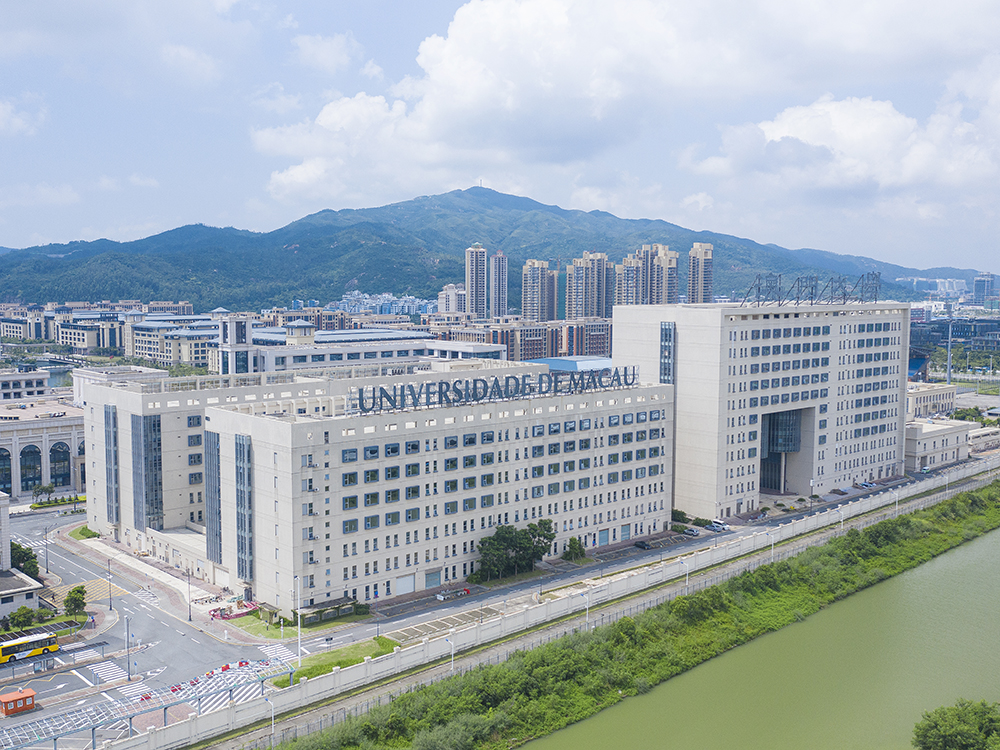
UM research serves the energy development strategies of Macao, the Greater Bay Area, and t
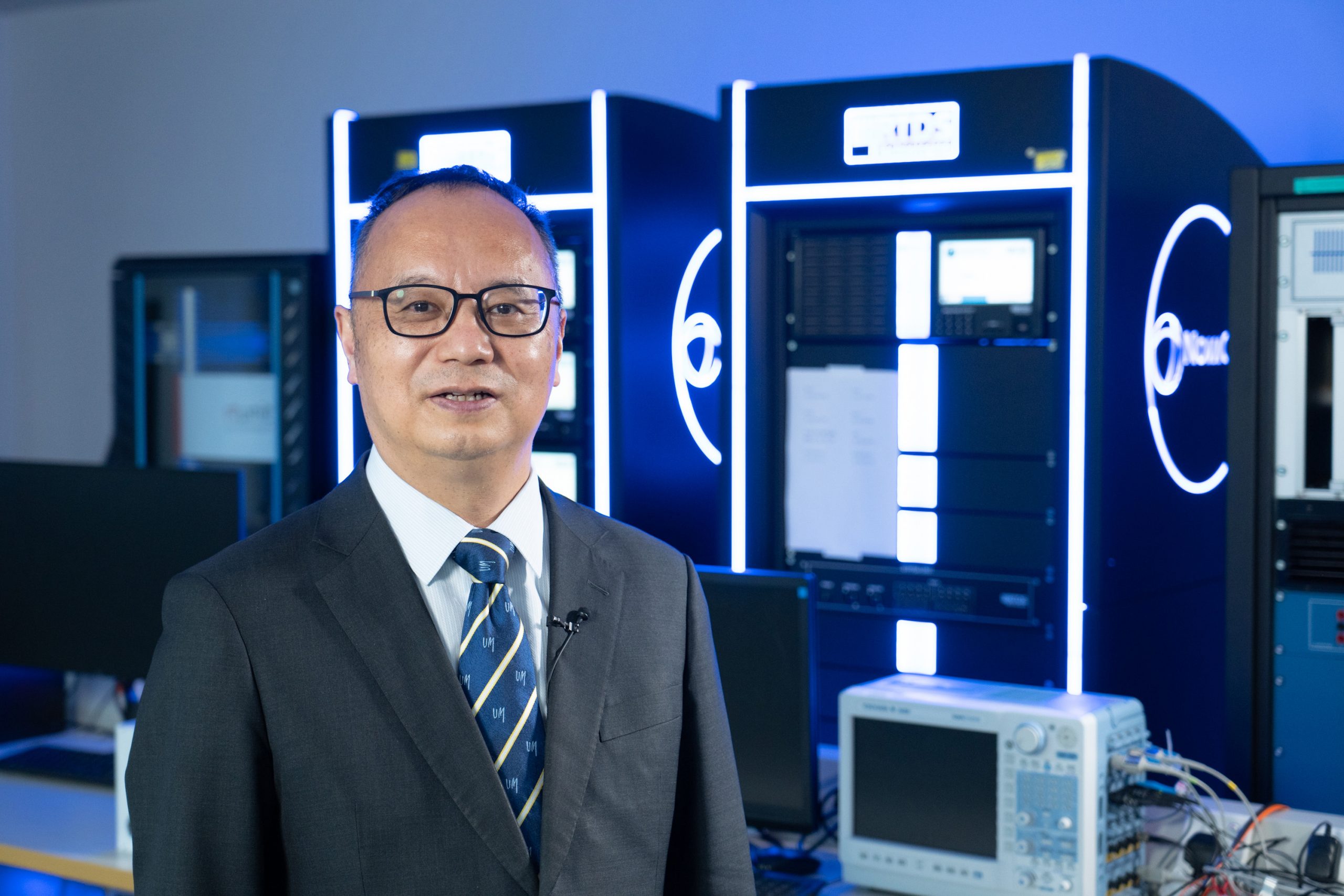
Prof Yonghua Song, rector of UM and director of the State Key Laboratory of Internet of Things for Smart City
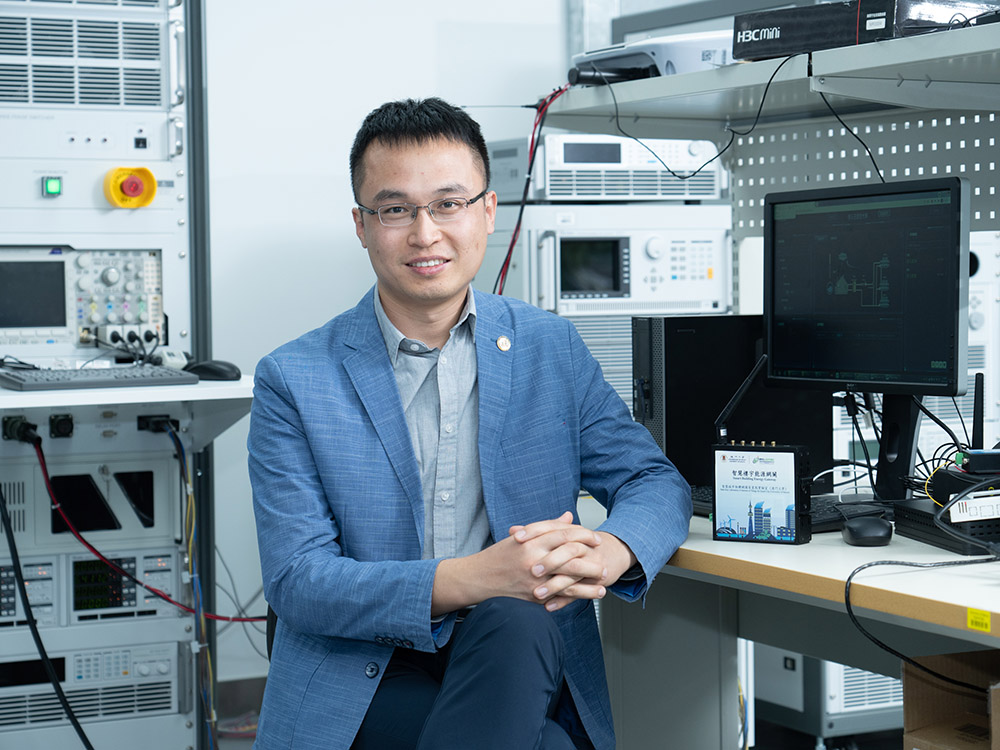
Prof Zhang Hongcai
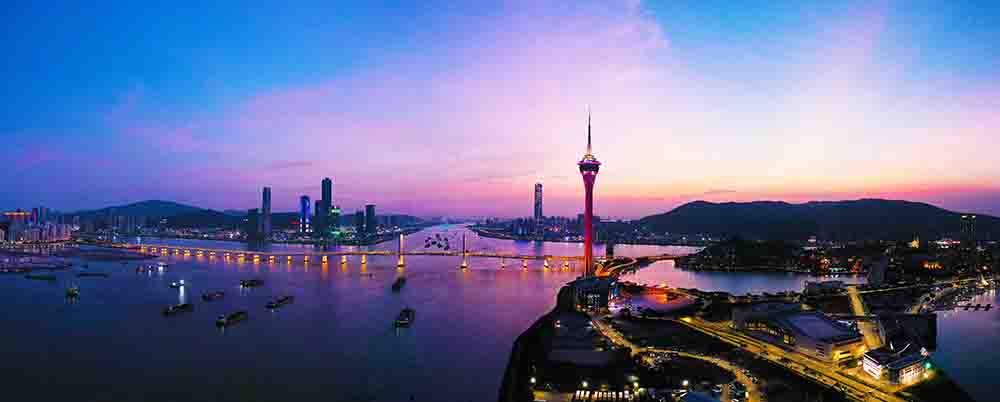
UM’s SKL-IOTSC focuses on improving the intelligence of urban power grids
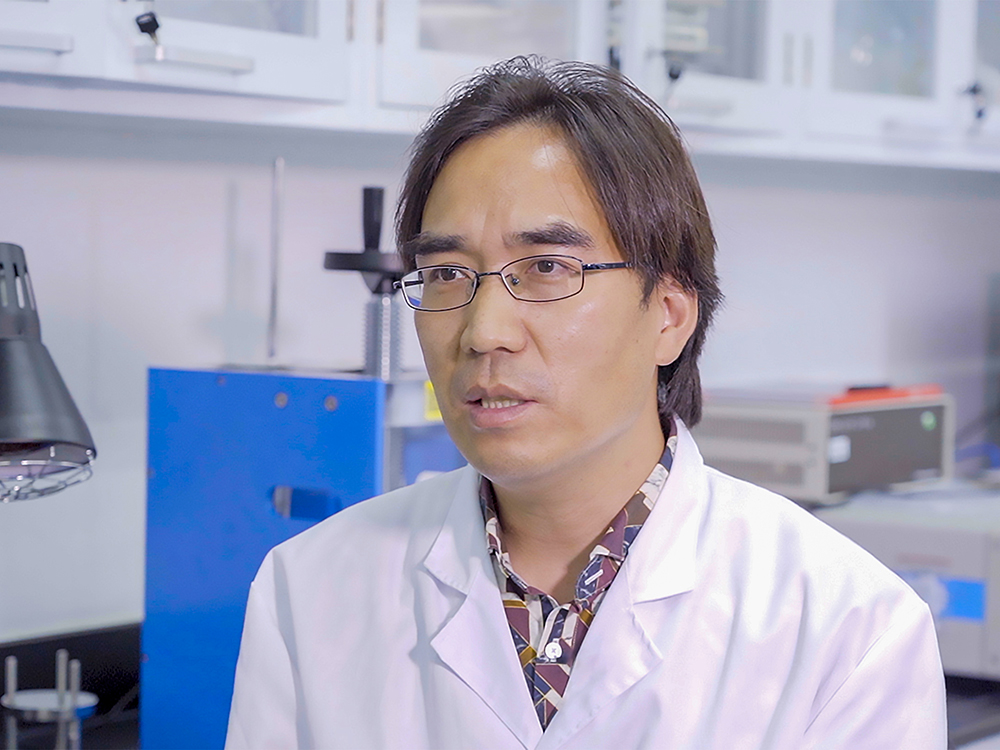
Prof Shao Huaiyu
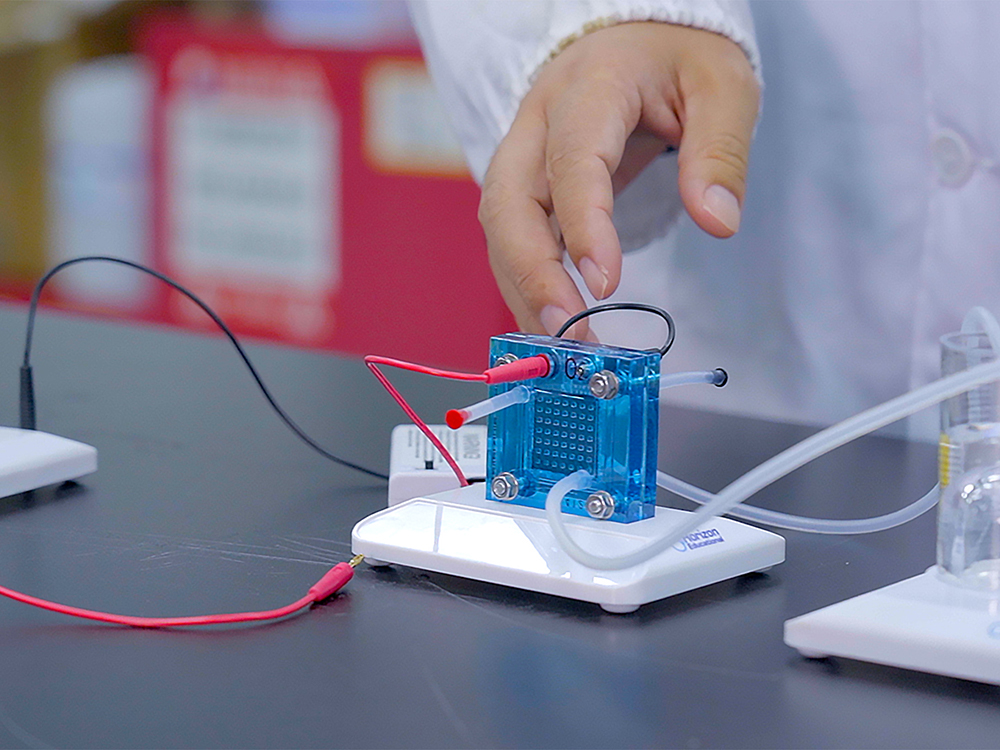
A meta-stable alloy hydrogen absorption that can operate at -15°C
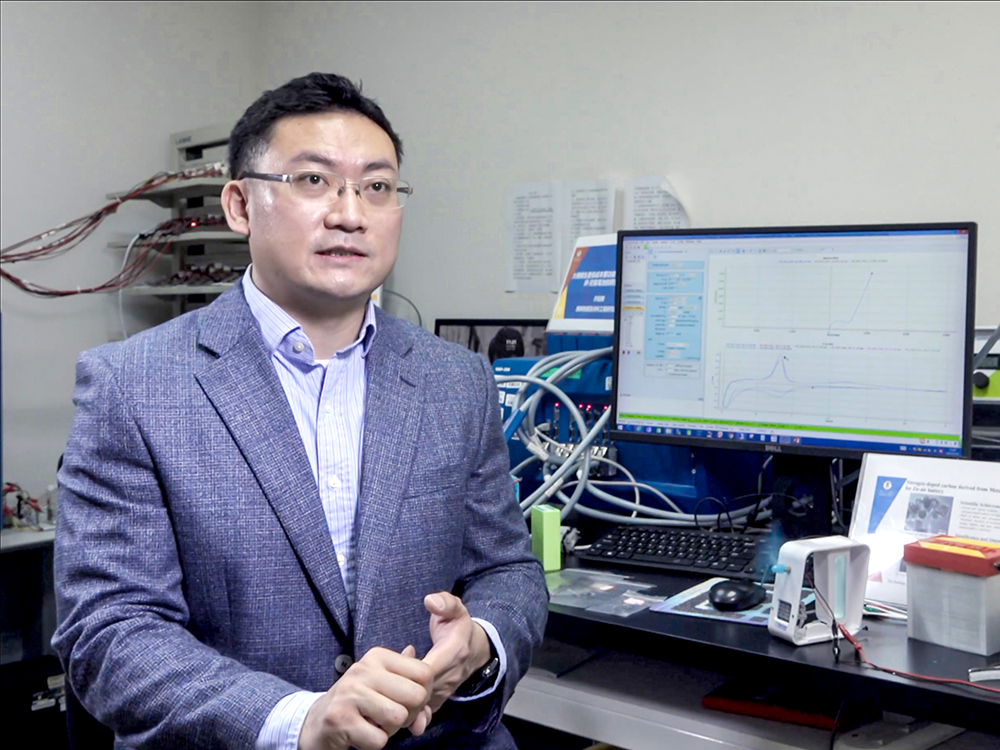
Prof Hui Kwun Nam
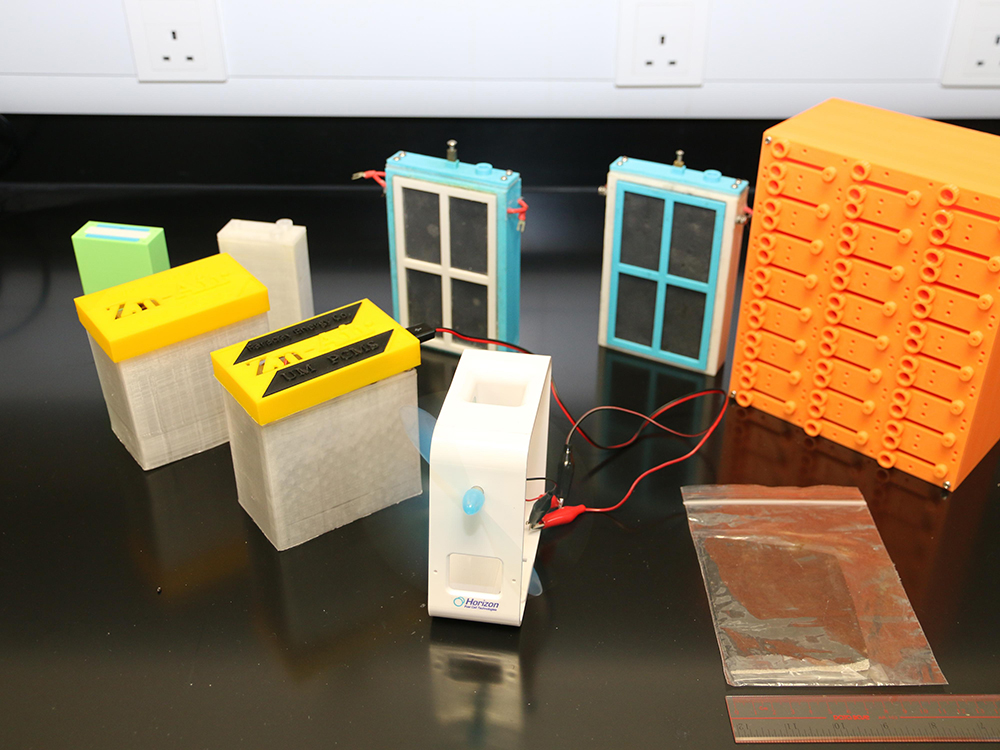
UM-developed zinc-air batteries
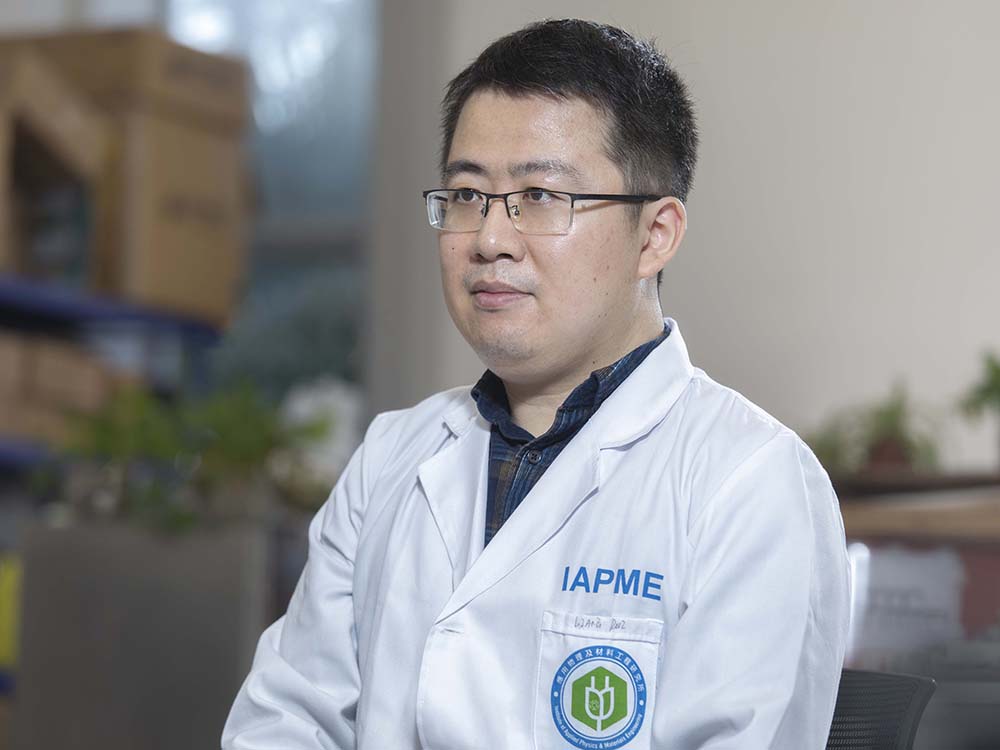
Prof Sun Guoxing
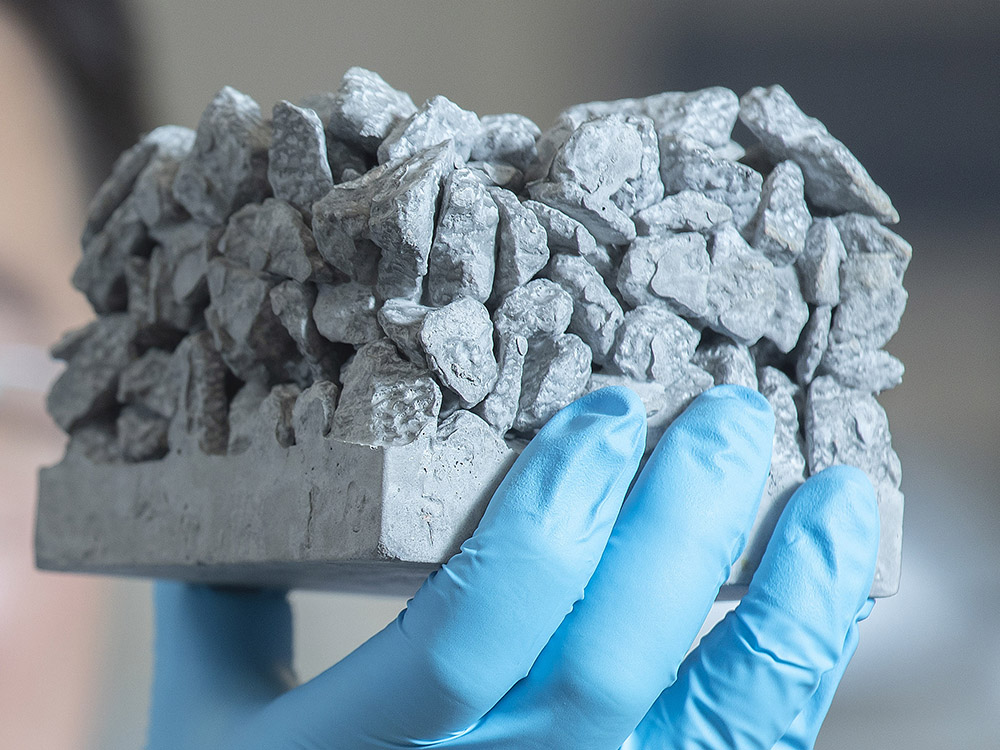
The concrete wallboard manufactured with UM’s nano-foam concrete formula technology reduces production cost
